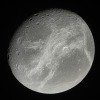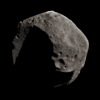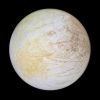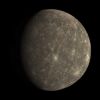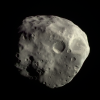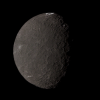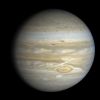Emily Lakdawalla • Dec 07, 2009
Planetary Society Advent Calendar for December 7: Jupiter
Jupiter has been high overhead at sunset for several months, a brilliant light that's easy to spot even when the sky is still bright at dusk; but it's now moving quickly to the west as Earth speeds ahead of Jupiter's more stately march around the Sun. Although Jupiter's moons were discovered by Galileo, the banded and spotted appearance of the planet wasn't observed until Cassini pointed his more powerful telescope at the planet in the 1660s. Since then, it's been a fascinating target for professional and amateur observers; every night it appears different, since each of its dark belts and bright zones, and the bright and dark spots that twist on the boundaries between belts and zones, move with winds of slightly different speeds.
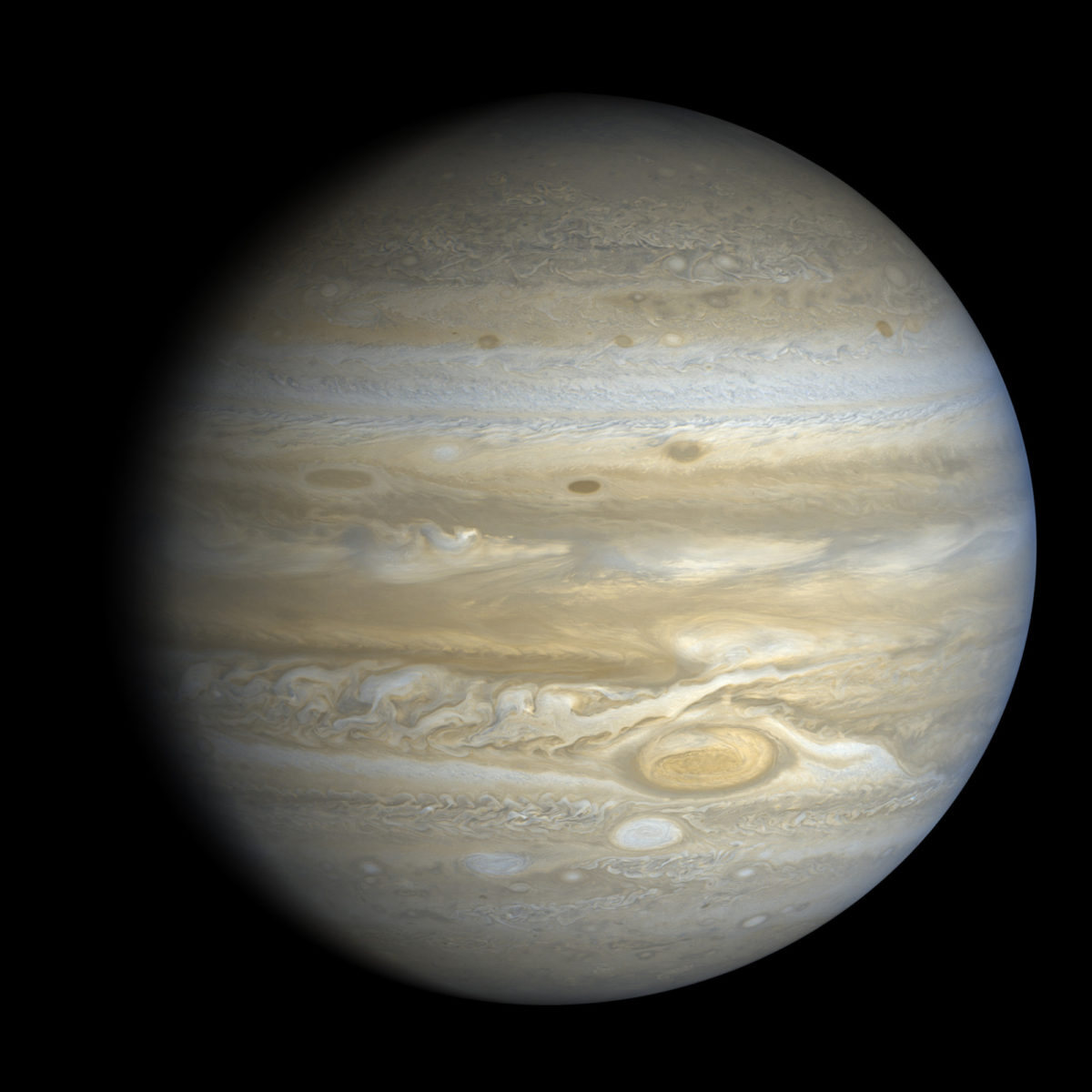
The complex motions of the clouds, coupled with Jupiter's fast rotation (its "day" is 10 Earth hours long) make it beastly difficult to assemble multi-image mosaics or even single-frame color composites on the planet. The view above is both a mosaic and a two-channel color composite, and hasn't been posted on the Web before; Björn Jónsson polished it for me after I hassled him to send me some of his work. Unlike most of the other amateurs whose images I've posted, Bjorn doesn't usually set out to make "snapshot" style images of the planets; he processes many individual views of one body to create a global photographic data set that he can then use as a surface texture for 3D simulated views of the planets and moons in our solar system. Check out his web page for some truly stunning synthetic planetscapes. I should also mention that Bjorn is responsible for probably the most important piece of software I have on my computer after Photoshop: his "IMG2PNG" tool (sorry, Windows only) batch-converts image data downloaded from the Planetary Data System to the more familiar PNG format, which I can open and process in Photoshop or GIMP.
Each day in December I'm posting a new global shot of a solar system body, processed by an amateur. Go to the blog homepage to open the most recent door in the planetary advent calendar!
Let’s Go Beyond The Horizon
Every success in space exploration is the result of the community of space enthusiasts, like you, who believe it is important. You can help usher in the next great era of space exploration with your gift today.
Donate Today

 Explore Worlds
Explore Worlds Find Life
Find Life Defend Earth
Defend Earth


